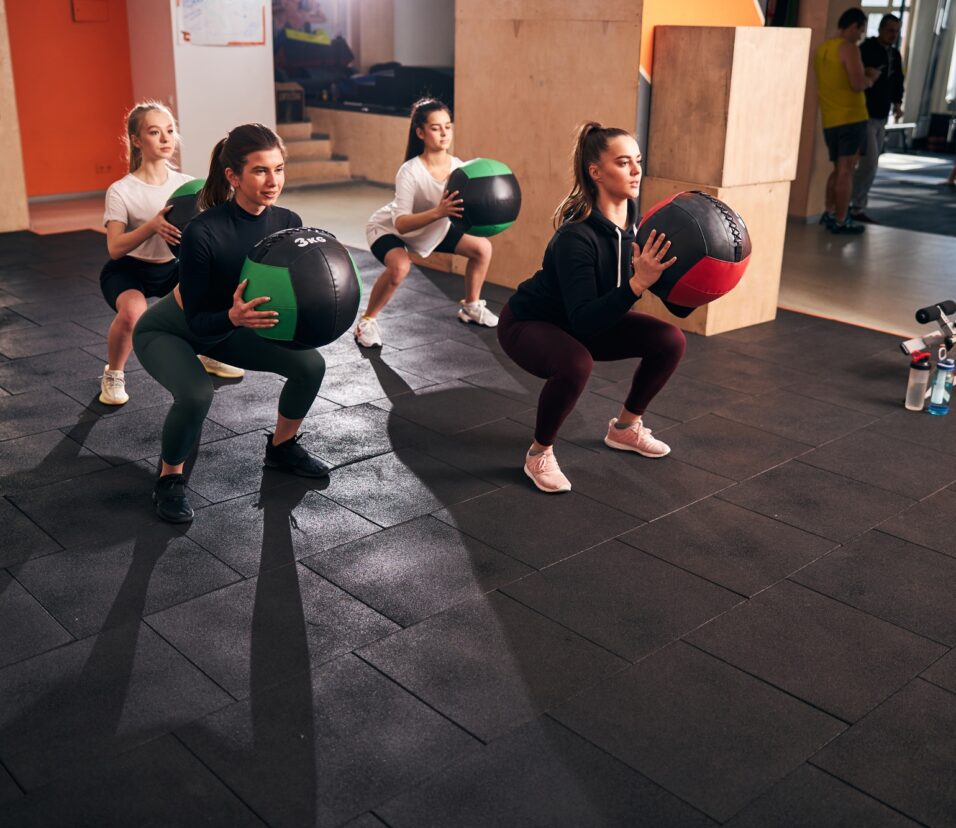💤 The Science of Rest Days: Why Recovery is Just as Important as Training
Introduction
When most people think about fitness, they imagine grueling workouts, heavy lifting, intense cardio sessions, and endless sweat. But what if the real secret to progress isn’t just about how hard you train — but how well you recover?
Rest days are often underestimated in the fitness world. Many beginners (and even experienced athletes) believe that more training equals faster results. The truth is, your body doesn’t get stronger while you’re training — it gets stronger while you’re resting.
In this detailed guide, we’ll explore the science behind rest days, why they’re critical for performance, how they prevent injury, and practical strategies to maximize your recovery.
By the end, you’ll see why skipping rest days could actually be the biggest mistake in your fitness journey.
🔹 What Are Rest Days in Training?
A rest day is any day you intentionally take off from intense physical activity to allow your body and mind to recover. This doesn’t always mean lying on the couch all day — rest can include light movement, stretching, yoga, or walking (often called “active recovery”).
Think of rest days as the time your body uses to:
- Repair muscles that were broken down during workouts.
- Rebuild energy stores (glycogen).
- Strengthen tendons, ligaments, and bones.
- Reset the nervous system.
- Lower inflammation and stress.
In simple terms: Rest = Growth.
🔹 The Science Behind Recovery
1. Muscle Repair and Growth
When you exercise — especially during strength training — you create tiny tears in your muscle fibers. These micro-tears sound bad, but they’re actually the foundation of muscle growth.
- During rest, your body repairs these fibers.
- They come back stronger and thicker, leading to muscle growth (hypertrophy).
- Without enough rest, the damage accumulates, leading to overtraining, fatigue, and even injuries.
2. Hormonal Balance
Rest days help balance your body’s hormonal environment.
- Growth Hormone (GH): Peaks during deep sleep and recovery, aiding muscle repair.
- Testosterone: Essential for strength and muscle growth, improves with rest.
- Cortisol: The stress hormone that rises during intense exercise drops when you rest.
Too little recovery keeps cortisol high, which can:
- Increase fat storage
- Reduce muscle gains
- Weaken your immune system
3. Nervous System Recovery
Training isn’t just physical — it’s neurological. Heavy lifts and high-intensity workouts stress the central nervous system (CNS).
- CNS fatigue leads to slower reaction times, poor coordination, and lack of strength.
- Rest days reset your nervous system, ensuring better performance in your next session.
4. Energy Restoration
Your muscles store glycogen (carbohydrates) for fuel. Hard training drains these reserves.
- Rest days allow glycogen to refill.
- Without glycogen, your workouts feel sluggish and weak.
🔹 Benefits of Rest Days
Taking rest days isn’t “slacking off” — it’s training smarter. Here are the proven benefits:
- ✅ Faster Muscle Growth – Muscles don’t grow in the gym, they grow during rest.
- ✅ Better Performance – Stronger lifts, faster runs, and better endurance.
- ✅ Injury Prevention – Reduces risk of overuse injuries (stress fractures, tendinitis).
- ✅ Improved Sleep – Overtraining disrupts sleep; recovery improves it.
- ✅ Mental Refreshment – Prevents burnout, keeps motivation high.
- ✅ Stronger Immune System – Chronic overtraining weakens immunity; rest strengthens it.
🔹 What Happens If You Skip Rest Days?
Many fitness enthusiasts fall into the trap of thinking “more is better.” But neglecting rest can cause:
- Overtraining Syndrome (OTS) → constant fatigue, poor performance, irritability.
- Injuries → shin splints, stress fractures, torn muscles.
- Weaker immunity → getting sick more often.
- Plateaus → no progress despite hard work.
- Mental burnout → loss of motivation and enjoyment.
👉 Remember: Resting doesn’t slow progress — it accelerates it.
🔹 How Many Rest Days Do You Need?
The number of rest days depends on your:
- Fitness level
- Training style
- Goals
- Age and recovery ability
General guidelines:
- Beginners: 2–3 rest days per week
- Intermediate: 1–2 rest days per week
- Advanced athletes: Active recovery every few days, 1 full rest day weekly
Example training schedule:
- Mon: Strength Training
- Tue: Cardio
- Wed: Rest or Yoga
- Thu: Strength Training
- Fri: Cardio or Sports
- Sat: Strength Training
- Sun: Full Rest
🔹 Active vs. Passive Rest
Passive Rest 🛏️
- No structured activity.
- Sleeping, lounging, or complete relaxation.
- Best when you’re sore, exhausted, or injured.
Active Rest 🚶
- Gentle activity that boosts recovery without stress.
- Walking, stretching, yoga, swimming, foam rolling.
- Best for circulation, mobility, and mental relaxation.
Both types are essential — balance them depending on your body’s needs.
🔹 Strategies to Maximize Rest Day Recovery
Rest days aren’t just about doing nothing. To make them effective:
1. Prioritize Sleep 😴
Deep, quality sleep is the ultimate recovery tool.
- Aim for 7–9 hours per night.
- Keep your sleep schedule consistent.
- Create a sleep-friendly environment (dark, quiet, cool).
2. Eat for Recovery 🥗
Nutrition supports recovery as much as training.
- Protein: Builds and repairs muscles.
- Carbs: Restore glycogen.
- Healthy fats: Reduce inflammation.
- Hydration: Prevents fatigue and helps nutrient transport.
3. Manage Stress 🧘
Chronic stress can delay recovery. Use:
- Meditation
- Deep breathing exercises
- Journaling
- Nature walks
4. Mobility & Stretching 🧘♀️
- Gentle yoga or foam rolling improves circulation.
- Increases flexibility and reduces stiffness.
5. Try Recovery Techniques ❄️🔥
- Ice baths → reduce inflammation.
- Heat therapy → relaxes muscles.
- Contrast showers → improve circulation.
🔹 FAQs: Rest Days & Recovery
Q1: Do rest days make you lose progress?
No. Rest days help muscles grow and actually speed up progress.
Q2: Can I do cardio on rest days?
Yes, light cardio like walking, swimming, or cycling counts as active recovery.
Q3: How do I know if I need a rest day?
Signs include fatigue, soreness, poor sleep, mood swings, or weaker performance.
Q4: Are rest days important for fat loss?
Yes. Recovery prevents cortisol spikes that slow fat burning and cause cravings.
Q5: Can beginners skip rest days?
No. Beginners need rest days more than advanced lifters to adapt safely.









Leave feedback about this